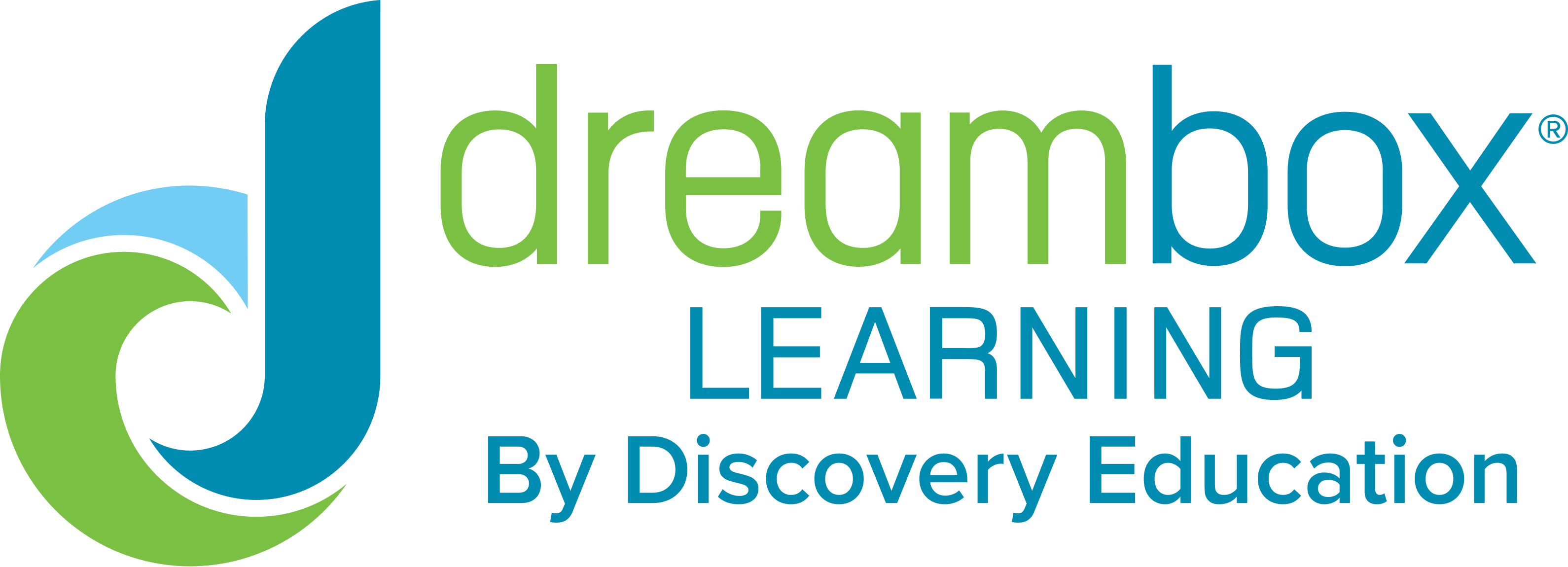Teachers in every subject use formative assessment tools to check for understanding, monitor learning progress, provide appropriate feedback to students, and inform instructional decisions, as well as for lesson planning. In math, for example, formative assessment tools such as pop quizzes, asking students to build something, calling on students during class, and playing classroom games where students must apply what they have learned are used to gauge comprehension.
Increasingly, experts, researchers, and even new legislation support the use of ongoing, rigorous formative assessment to engage students and provide insights into student thinking. These insights provide teachers with the knowledge to adjust lessons based on learner thinking and performance, as well as to teach to mathematics standards. And, research shows that improved formative assessment practices in classrooms typically yield gains in student achievement roughly equivalent to one to two grade levels in learning.
Formative strategies embedded in instruction provide opportunities for students to make conjectures, incorporate multiple representations in their problem solving, and discuss their mathematical thinking with their peers.

National Council of Teachers of Mathematics
One of the routes to deeper student math learning and a healthy learning mindset is using an “in the moment” formative assessment process rather than “rear-view mirror” summative assessment testing data to inform teaching and learning. Formative assessment is not used to judge a student or teacher’s performance (as in summative assessment), but rather to inform both parties. This shift in thinking could be called informative assessing.
How is Math Formative Assessment Best Achieved?
Informative assessing, in math or any other subject, is ongoing, and takes patience, training, and support to be well executed and meaningful for both teacher and student. Here are six characteristics of a successful math formative assessment program:
- Develop a meaningful feedback loop. Effective Math formative assessment provides on-going data that changes what both the teacher and the learner are doing.
- Real-time feedback. Timely feedback—while students are learning—is critical so that students don’t practice new math skills, again and again, in the wrong way.
- Independent learning. Ideally, blended learning is employed so that students are able to engage in some informative assessing activities independent of the teacher. This is how students learn self-assessment and gain confidence.
- Personalized learning. Personalized learning and individualized instruction are now recognized as crucial elements of student-centric teaching that fosters real progress and achievement. This is a significant departure from the way classrooms have been structured in the past as a “one-size-fits-all” environment with all students generally receiving information at the same time and same way as their peers, regardless of their prior knowledge or academic strengths and weaknesses.
- Active learning. As Cathy Fosnot emphasized in her webinar, Dynamic vs. Static Assessment: A Growth Mindset Perspective, “Assessment should inform lessons and learning dynamically and formatively, not statically… It captures genuine mathematizing—learner strategies, their ways of modeling problems, and their understanding of key mathematical ideas. Bottom line, assessment needs to be continuous, dynamic, and adaptive so that it can capture where the child is on the landscape of learning—where they have been, what their struggles are, and where they are going next.”
- Collaborative implementation. A team effort, involving educational leaders at all levels across the school district, is required for successful implementation of a culture that supports an effective assessment culture. This effort includes sufficient resources (human resources, materials, and funding), ongoing teacher professional growth, and community engagement in developing the vision and plans for implementation.
Technology and Math Formative Assessment
One effective advance in education technology is the use of software that enables embedded ongoing formative assessment while students are immersed in engaging, often game-like, activities. Active learning provides an environment for ongoing “stealth assessing”—a benefit for educators and students alike. Next-generation math formative assessment technology that intelligently adapts, enables the ability to use data to co-create, co-author, and collaborate instruction, while promoting student agency. It is no longer necessary to wait until a student has failed to intervene and make corrections, instead the student is provided with immediate and ongoing feedback for a smooth road to success.
This embedded formative assessment is also being utilized to make standardized math tests less formidable. The National Mathematics Advisory Panel used research across eight countries to determine that formative assessment strategies embedded in instruction provide opportunities for students to make conjectures, incorporate multiple representations in their problem solving, and discuss their mathematical thinking with their peers, with a positive impact on student achievement and how they perceive themselves as learners. Formative assessment guides the curriculum through a reflective process focused on student attainment of goals and standards. Because the feedback is so rich and meaningful, students can do well on standardized and other summative tests because they have deeply learned and understand mathematical concepts.
For more information on math formative assessment and making the shift to informative assessing, download my latest white paper: From Formative Assessment to Informative Assessing in the Math Classroom: Preventing the Failure to Learn.

Dr. Gregory Firn










